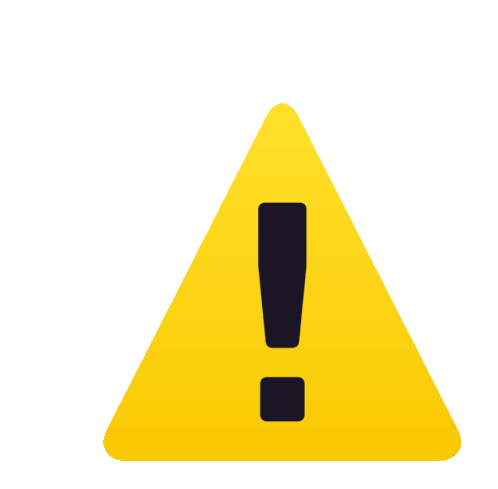top of page

Carbon monoxide (CO) poisoning can be fatal and is responsible for approximately fifty deaths a year across the United Kingdom. Forty percent of those deaths can be attributed to the use of solid fuel as a domestic heat source. CO is produced when carbon based fuels gas, oil, solid fuels and biomass fuels such as pellets, briquettes, and logs are not burnt properly. is often down to poor operator use or by the appliance not being serviced and maintained correctly .
Many of these deaths and cases of CO exposure can be prevented through the regular inspection, servicing of your flue ways and appliances .
Carbon Monoxide has no smell, and you can't see it or smell it and is often called the 'Silent Killer' . However there are a number of things you can do to keep your self and your family safe!



Install a CO alarm!
If you haven't already install a CO alarm in each room you have an appliance and in rooms a flue system passes through such as a bedroom where the sitting room flue passes through a bedroom.
CO alarms should be correctly sited and regularly tested (see manufactures instructions) . You should also check the alarm is within its expiry date.
Your chimney sweep will happily advise and carry out these checks as part of your annual inspection, service, and sweep.
Checks!
Make sure your appliance regardless of fuel type is regularly inspected, serviced and the flue way swept. Yes, gas flues do need sweeping at least annually.
If your appliance is gas or oil check the colour of the flame if it is yellowy or orange rather than blue there could be a problem.
If the appliance including gas spills back into the room or there are any signs of soot stains around the appliance or fire surround you could be at risk.
Do not block vents or airways into the room.
Ensure the Chimney and flue are free from obstructions
Your chimney sweep will happily advise.
Symptoms!
If you or a member of your family suffer from any of the following unexplained symptoms:
tiredness
muscle pains
upset stomach
dizziness
headaches
consult with your doctor if you suspect CO exposure and ask for a Carbon Monoxide test. Do it quickly as the CO levels in your body will fall rapidly once you are outside in the fresh air.
Some groups such as young children, the elderly, the anaemic, students, women, and those with respiratory conditions are more at risk to CO exposure. Pregnant women are at risk of harming their unborn child.

When your carbon monoxide alarm goes off, there are key steps to take to make your home safe, and to protect yourself and your family!
Follow the six point plan.
Immediately open all doors and windows.
Turn off all fuel burning appliances and leave the property immediately. Leaving nobody behind.
Do not switch on any lights, smoke or strike a match.
Seek Medical advice.
Call the emergency advice line
Arrange to have your appliances inspected, serviced, and swept before using. For the Gas Emergency Service 0800 111 999. If you use oil to heat your home, call Oftec on 01473 626 298. For solid fuel and biomass speak to a sweep.
CO Awareness

Search video...

00:15
Play Video
CO flat line

00:47
Play Video
CO Awareness Speak to a Sweep

00:30
Play Video
30 Seconds to Safety - CO Aware
bottom of page
